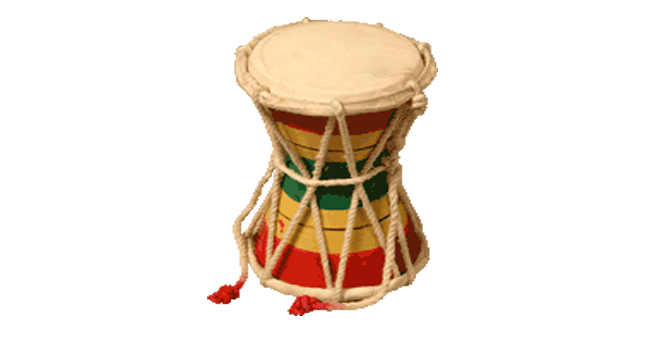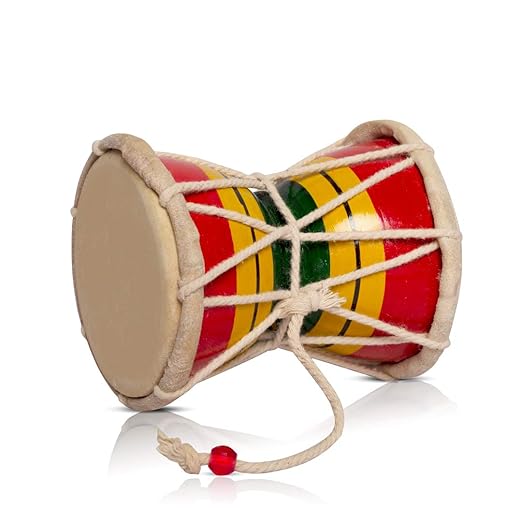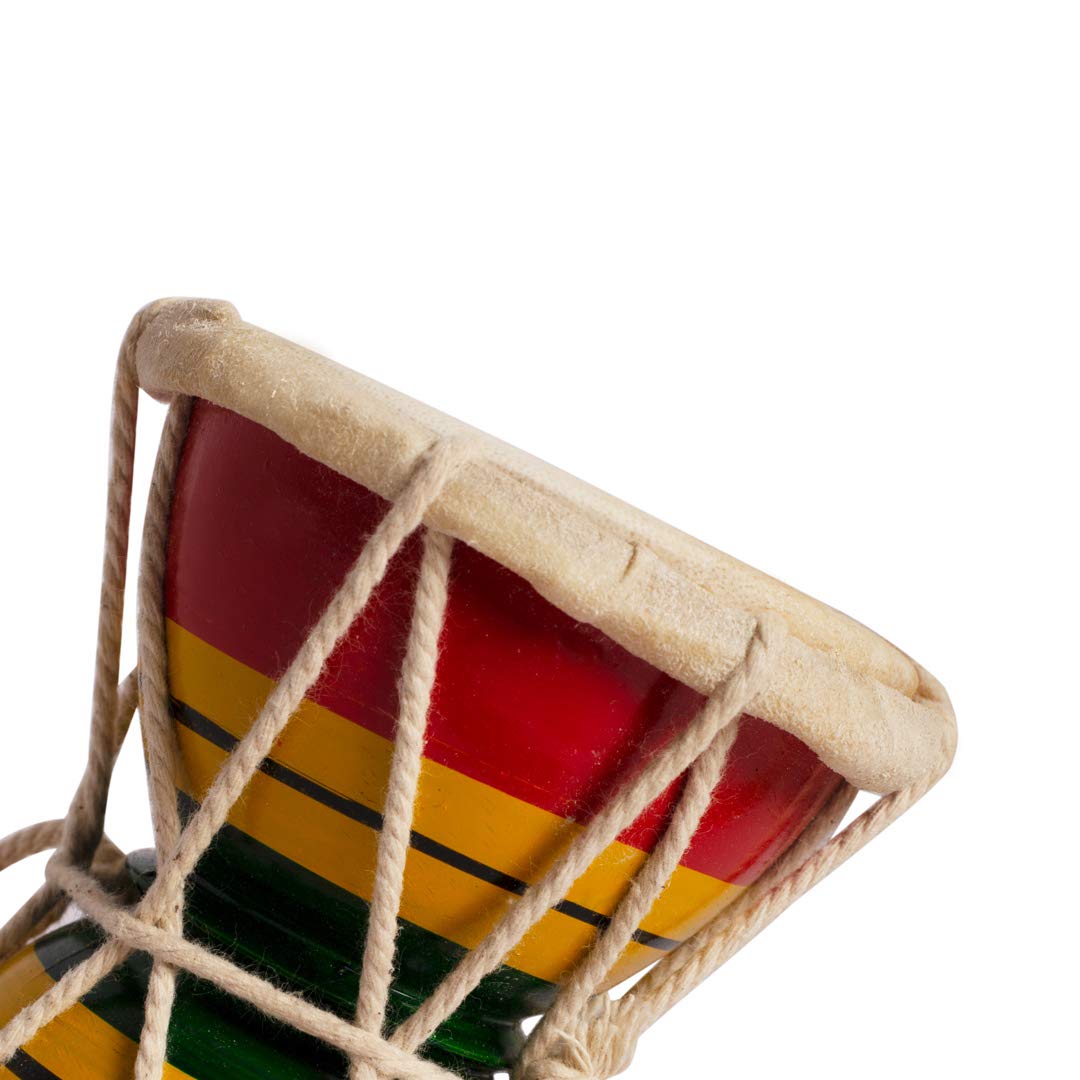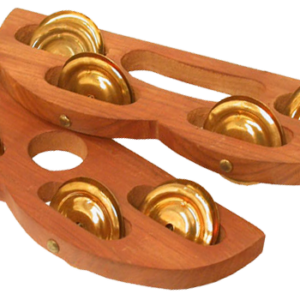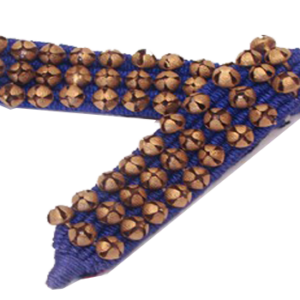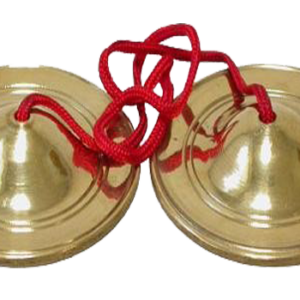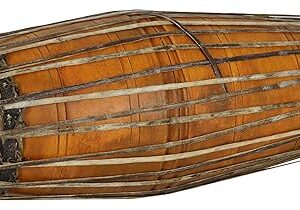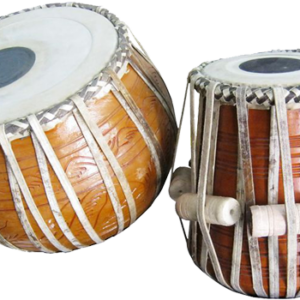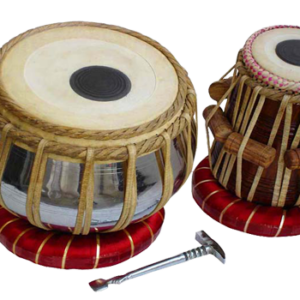Description
Damaru
Special Features:
Nice sound & quality.
Delivery Time: 7-10 Working Days after Successful Payment.
For More information SMS 4500 Name Email Country and Send to +919830066661
N.B: All prices are inclusive of Shipping (International Air Mode)/ Packing/ Tax/ Insurance. No hidden cost. Read our Terms & Conditions, Privacy Policy and Shipping Policy.
In The Box: Damaru
History (Wikipedia):
From where we get Damaru- Small history below:
Our knowledge about the instrument is from Wikipedia. As per Wikipedia, we shared this small history to let our customers know about the history. A damaru (Sanskrit: डमरु, IAST: ḍamaru; Tibetan ཌ་མ་རུ་ or རྔ་ཆུང) is a small two-headed drum that Hindus and Tibetan Buddhists use. In particular, in Hinduism, devotees recognize the instrument as the instrument of the Hindu deity Shiva, who is associated with Tantric traditions. Furthermore, Lord Shiva created it to produce spiritual sounds that generate and regulate the whole universe. On the other hand, in Tibetan Buddhism, practitioners use the damaru as an instrument in meditation practices.
Typically, artisans make the damaru of wood and metal, with leather damaru heads at both ends. In addition, craftspeople make the resonator of brass. The height of the damaru measures 6 inches, and its weight varies from 250 to 330 gm. Moreover, its height ranges from a few inches to a little over one foot. Consequently, players play it single-handedly. Typically, musicians use beads as strikers, fastening them to the ends of leather cords around the waist of the instrument. Alternatively, they can also use knots in the leather as strikers, and crocheted material is also common.
The instrument is very common throughout the Indian subcontinent. Moreover, people recognize the damaru as a power drum, and when they play it, they believe it generates spiritual energy. This instrument connects to the Hindu deity Shiva. Furthermore, people believe that the drumbeats of the damaru recognized the Sanskrit language (see Shiva Sutra for the sounds) and his performance of the cosmic dance of tandava. Consequently, itinerant musicians of all stripes use the instrument due to its small, portable size. This provides a basic history of the instrument.
